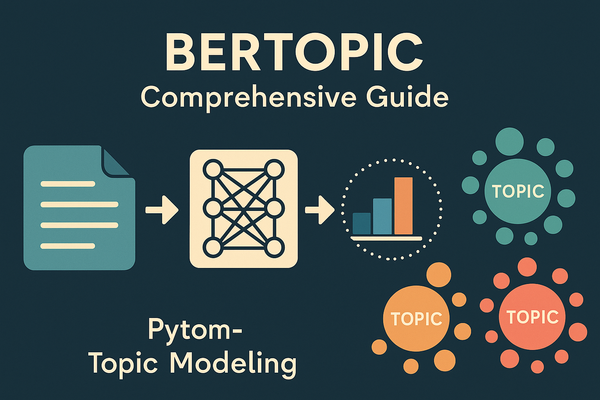PharmAssist AI: Revolutionizing Pharmaceutical Research with AI and RAG on FDA Open Medicine Dataset - Part 1
PharmAssist AI, a groundbreaking application designed to streamline the learning and research workflow for pharmaceutical professionals and students.

Introduction
In the fast-paced world of healthcare and pharmaceuticals, professionals and students are often burdened with the task of conducting extensive research on various FDA-approved drugs.
This research can be daunting due to the vast amount of information one must sift through, leading to fatigue and inefficiencies. To address these challenges, we propose PharmAssist AI, a groundbreaking application designed to streamline the learning and research workflow for pharmaceutical professionals and students.
Goal and Challenges
The primary goal of PharmAssist AI is to assist pharma professionals and pharmacy students in quickly grasping various aspects related to FDA-approved drugs. Understanding the chemical composition, method of action, and effects on different demographic groups (e.g., children, pregnant women) typically requires navigating multiple resources, which is time-consuming.
Optimizing Workflow with AI
To optimize the research and learning process, PharmAssist AI leverages modern information retrieval technologies and Large Language Models (LLMs). Here’s a typical workflow PharmAssist AI aims to enhance:
- Identification: Start by identifying the drug that needs research.
- Chemical Composition: Find the chemical composition of the drug from databases like FDA drug labels.
- Action Mechanism: Learn about the drug’s method of action by consulting relevant sections of comprehensive resources.
- Contraindications: For questions about contraindications, refer to specialized datasets to understand potential issues.
- Adverse Reactions: Check another set of resources for known adverse reactions.
PharmAssist AI Features
PharmAssist AI proposes a seamless integration of features to facilitate these tasks:
- Intuitive Query Interface: Allows pharmacists to type in questions and retrieves relevant data from the FDA drug labels dataset, adverse reactions dataset, and more.
- Data Presentation: Data is presented in an easily digestible format, alongside GenAI summaries of the results.
- Question Suggestions: The system suggests related questions to deepen the user's understanding and exploration.
Technical Specifications
Data Model
We plan to store the FDA drug label data in a relational database system (RDBMS). Considering the JSON format of available data, a schema like the following could be adopted:
CREATE TABLE drug_label_fact (
ID VARCHAR,
section VARCHAR,
field VARCHAR,
value_raw VARCHAR,
value_raw_embedding VECTOR,
value_summary VARCHAR,
value_summary_embedding VECTOR
);
CREATE TABLE related_fields_fact (
field_1 varchar,
field_2 varchar,
relation_score numeric
);
The related_fields_fact table is designed to establish connections between related fields, enhancing the AI’s ability to provide contextually rich answers.
Development Roadmap
- Database Implementation: Utilize PostgreSQL with extensions like pgvector for storing and querying vectorized data.
- LLM Integration: Employ LLMs for generating prompts and interpreting user queries to ensure responses are accurate and relevant.
- User Interface: Develop a simple, user-friendly interface allowing for straightforward querying of the database.
Applications and Benefits
PharmAssist AI aims to drastically reduce the time pharmacists and students spend poring over extensive manuals and drug resources by providing quick, accurate answers and educational content like flashcards and study guides. It can transform how pharmaceutical studies are conducted, leading to better-informed professionals capable of making quicker, more accurate decisions.
Conclusion
With the integration of AI and robust data models, PharmAssist AI stands to revolutionize the field of pharmaceutical research. By simplifying the retrieval of complex drug information, it supports professionals and students in their daily tasks and studies, fostering a more knowledgeable and efficient healthcare environment.



